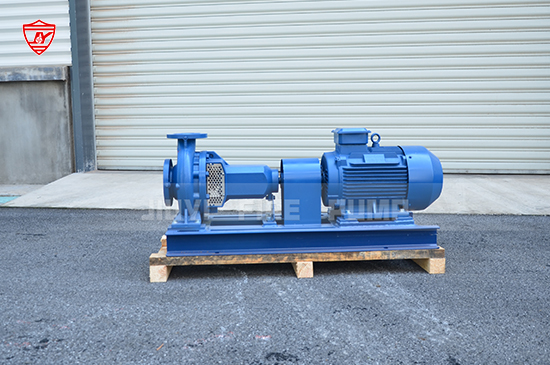Electric fire pumps are the heartbeat of many fire protection systems. Regular testing is essential to ensure they are ready to perform during an emergency. The National Fire Protection Association (NFPA) outlines specific procedures for testing electric fire pumps, primarily under NFPA 20 (Standard for the Installation of Stationary Pumps for Fire Protection) and NFPA 25 (Standard for the Inspection, Testing, and Maintenance of Water-Based Fire Protection Systems).

Here’s a simple, step-by-step guide to help you test an electric fire pump according to NFPA standards:
Weekly: Conduct a no-flow (churn) test.
Annually: Perform a full-flow test to evaluate the pump's performance across different flow rates.
Verify that all system components are ready: valves open, controllers set to automatic, water supplies available.
Notify the building occupants and the fire department, if required, before conducting tests to avoid false alarms.
Start the electric fire pump manually or allow it to start automatically by dropping pressure in the system.
Observe and record:
Pump operation (smoothness, unusual noises)
Suction and discharge pressures
System pressure maintenance
Controller operation and signals
Let the pump run for at least 10 minutes (for electric-driven pumps).
Connect hoses to discharge test headers or flow into a test loop where water can be safely drained.
Measure flow at:
100% rated flow
150% rated flow
Shutoff (no flow)
Key readings to record:
Suction pressure
Discharge pressure
Flow rate
Pump motor voltage and amperage
Compare your test results with the pump’s original factory performance curve. If the pump's performance falls below 95% of its original performance, troubleshooting and potential corrective actions are required.
During and after testing, inspect:
Pump casing for leaks
Bearings for overheating
Motor conditions
Controller alarms and indicator lights
Pressure relief valves (if present)
NFPA requires accurate documentation. Record:
Date and time
Personnel conducting the test
Test results (pressures, flows, amps, volts)
Any deficiencies or corrective actions taken
Maintain these records for future inspections and compliance reviews.
Suction line obstructions
Low voltage or high amperage readings
Worn or damaged impellers
Controller failures or alarms not activating
Address any identified issues promptly to maintain fire protection system integrity.
Testing an electric fire pump according to NFPA standards is not only a code requirement—it’s critical for ensuring the safety and reliability of a fire protection system. Consistent testing, thorough inspections, and proper documentation help ensure that when a fire emergency arises, your electric fire pump will perform as expected.